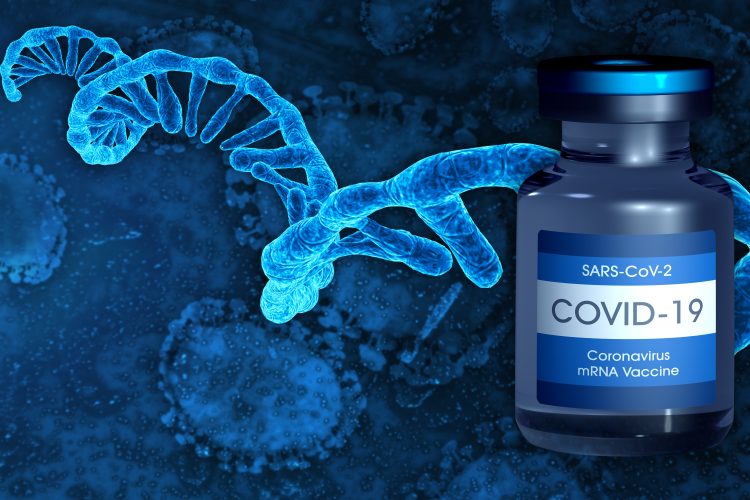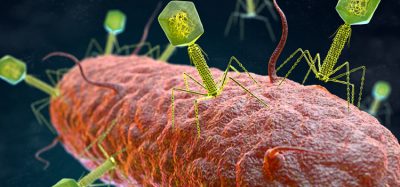How successive mRNA vaccines shape T-cell memory
Posted: 11 March 2024 | Drug Target Review | No comments yet
A new study shows that changes in clonal dominance characterises T-cell memory against multiple COVID-19 variants following mRNA vaccinations.


Researchers from the Tokyo University of Science (TUS) have developed a kinetic profile of spike-reactive T-cell clones during repetitive mRNA vaccination, which has provided significant insights into mRNA vaccine-induced T-cell responses. This will be crucial for developing vaccines for broader and more effective protection.
mRNA vaccines for the spike glycoprotein of severe acute respiratory syndrome type 2 coronavirus (SARS-CoV-2) demonstrated great efficiency against COVID-19, initiating both cellular and humoral immune responses. Cellular immunity may have a more protective role than humoral immunity to variants of concerns (VOC) against SARS-CoV-2, due to it targeting the conserved regions of spike protein and possibly cross-reacts with other variants.
A single spike epitope is recognised by multiple T-cell clones, so the mRNA vaccination-induced T-cell response could consist of multiple spike-reactive clones. To address this clonal-resolution analysis on T-cell responses to mRNA vaccination has not been performed yet.
Led by Dr Satoshi Ueha, associate professor, the team conducted longitudinal TCR sequencing on peripheral T cells of 38 participants who has received the Pfizer vaccine from before the vaccine to after the third vaccination. Then, the single-cell gene expression and epitope specificity of the clonotypes was analysed.
The results showed that although the primary T-cell response of naïve T cells typically peaked 10 to 18 days after the first shot, the expansion of ‘early responders’ was detected on day seven after the first shot. This indicated that the early responders contain memory T cells against common cold coronaviruses. The team discovered a ‘main responder’ that expanded after the second shot, which did not expand early after the first shot. They also found a ‘third responder’ that appeared and expanded only after the third shot.
“The results showed that the main responders after the second and third shots mostly consist of effector-memory T cells (TEM), with more terminally differentiated effector memory-like phenotype after the third shot.”
Longitudinally tracking the total frequency of each response pattern revealed that after the second shot, a shift among the clonotypes occurred. The major population changed from early responders to main responders, suggesting a shift in clonal dominance. A similar shift of responding clones was seen in CD4+ T cells.
Dr Ueha elucidated: “We next analysed the phenotype of main responders after the second and the third vaccination. The results showed that the main responders after the second and third shots mostly consist of effector-memory T cells (TEM), with more terminally differentiated effector memory-like phenotype after the third shot.”
The changes of main responders were then examined, revealing that the expansion of main responders, which occurred after the second shot, diminished after the third shot. The clonal diversity decreased and was partially replaced by the third responders. This could mean that the third vaccination selected better-responding clones.
The study supports the inter-epitope shift model because of the vaccination-induced shift in immunodominance of spike epitopes. Furthermore, there were intra-epitope shifts of vaccine-responding clonotypes within spike epitopes.
Dr Ueha concluded: “Our analysis suggests that T cells can ‘re-write’ themselves and reshape their memory populations after successive vaccinations. This re-writability not only maintains the number of memory T cells but also maintains diversity that can respond to different variants of pathogens. Moreover, by tuning the replacement of memory cells, more effective vaccines can be developed that can also be tailored to an individual’s unique immune response.”
This study was published in Cell Reports.
Related topics
Covid-19, Immunology, miRNAs, T cells, Vaccine, Vaccine development, Virology
Related conditions
Covid-19, SARS-CoV-2
Related organisations
Tokyo University of Science (TUS)
Related people
Dr Satoshi Ueha (TUS)








